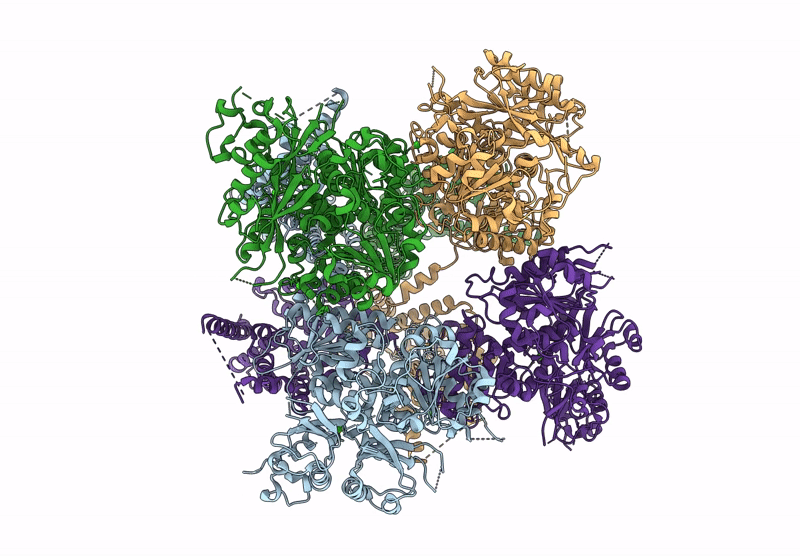
Deposition Date
2024-09-09
Release Date
2025-06-18
Last Version Date
2025-07-16
Entry Detail
Biological Source:
Source Organism:
Aplysia californica (Taxon ID: 6500)
Host Organism:
Method Details:
Experimental Method:
Resolution:
3.40 Å
Aggregation State:
PARTICLE
Reconstruction Method:
SINGLE PARTICLE


